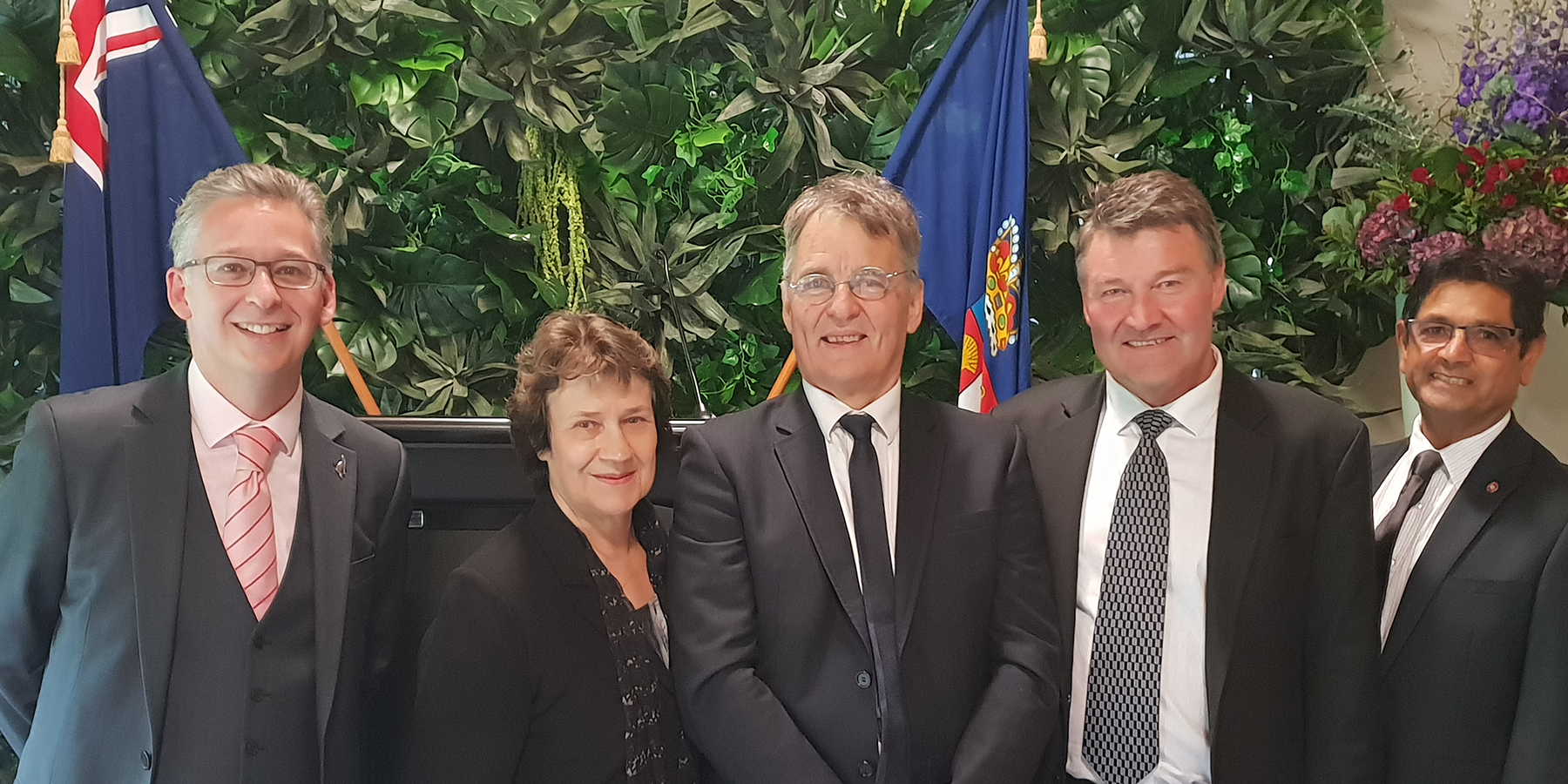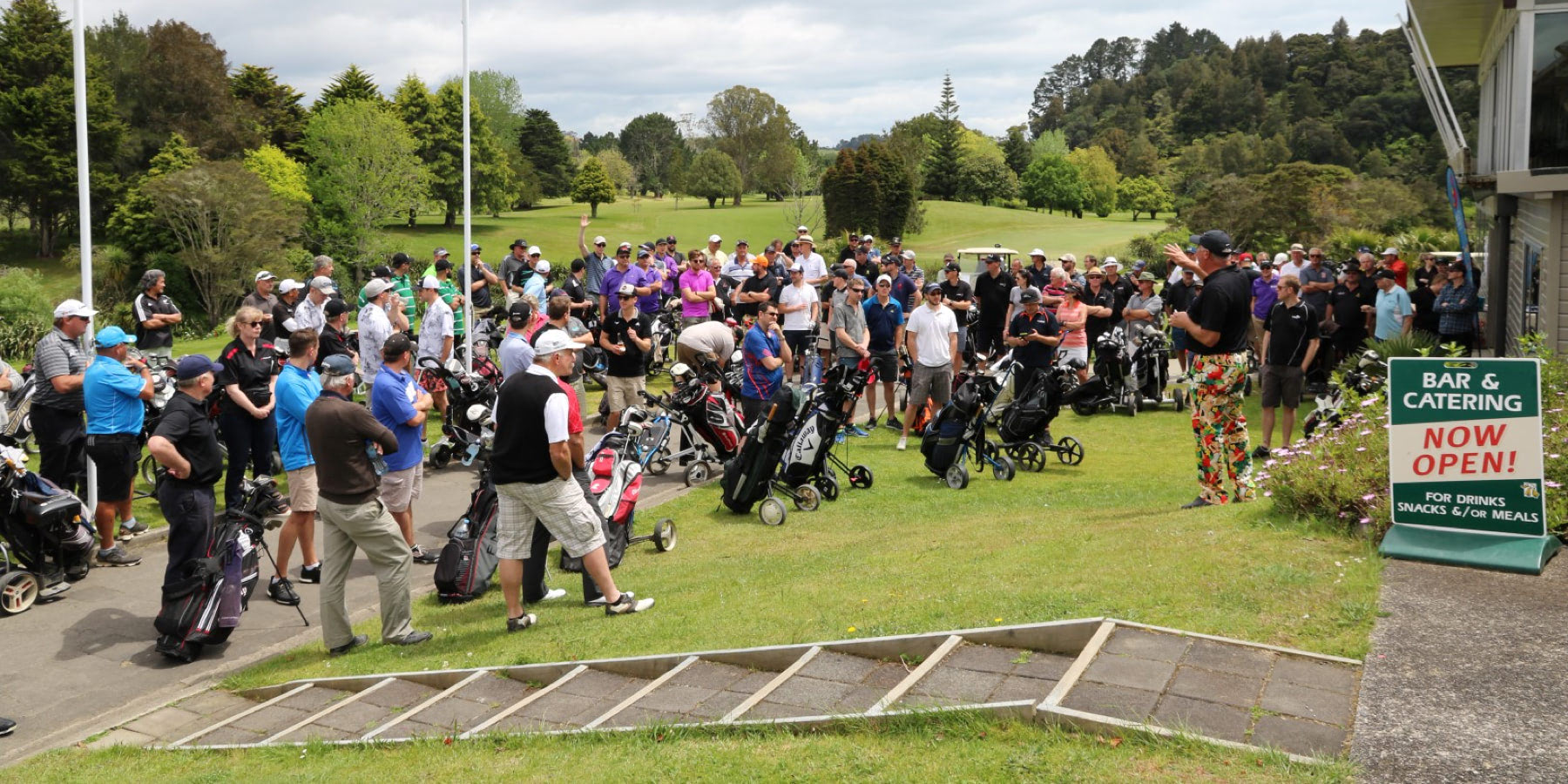Checking in on our impact: What our Social Impact Report tells us
See what we measure, why it matters and how we're doing according to families in our 2024 Social Impact Report
Every year since 2020, we’ve worked with wellbeing measurement organisation Huber Social to gather and interpret data on the impact we’re having on the families in our care.
Our goal is for each family to have the strength to say goodbye to us one day. That means we need to be doing everything we can to help increase their wellbeing while they’re with us.
The best way to find out how we’re doing is to survey the families themselves, especially over time throughout their childhood cancer journey with us. This report is more than just numbers; it helps us understand how our support impacts the overall wellbeing of the whānau we walk alongside and where we can make even more of a difference for them.
Measuring our impact means we can make improvements. Plus, it helps us remain transparent with our donors, supporters and the families we serve.
Speaking of families, we cannot thank the ones who participated in the Wellbeing Surveys enough! Without them, this report and the intelligence it provides would not be possible.
What do we measure?
In the Social Impact Report, we look at the key components that contribute to family wellbeing. We want to make sure our services are helping families feel more supported and empowered throughout their experience with childhood cancer, and that opportunities for us to make even more of an impact are identified.
To understand what matters to families’ wellbeing, Huber Social measured 25 factors across these five broad outcomes:
- Healthy relationships
- Community connection
- Daily life skills
- Holistic wellness
- Resilience
How do we measure it?
Surveys are sent to families at different stages of their journey: shortly after diagnosis and referral to us, at one year and two years post-diagnosis (whether on or off-treatment), and, sadly, within 18 months for those who are bereaved. This year we had a 49% increase in response rates, which goes a long way in helping us measure and shape the way we move forward and provide even better care, informed by the whānau we serve.
Key takeaways from this year’s report:
- Overall family wellbeing has been maintained compared to last year
- On average, families reported feeling less overwhelmed with greater access to support services
- Encouraging healthy partner relationships was an area where we can maximise impact
- Bereaved families felt supported in their resilience
You can dive into all the details in the full report. Within, you’ll find in-depth data on all the above plus the areas of greatest impact for 2023-2024, quotes from survey participants, the key foundational themes upon which we do and measure our mahi and so much more.
Our deepest thanks again to every family who has given their precious time and thoughtful responses over the months and years. Their participation and honesty allows us and Huber Social to create this report every year. Each report is full of invaluable insight on how we can fine tune our services to be even better for the children and whānau in our care.


